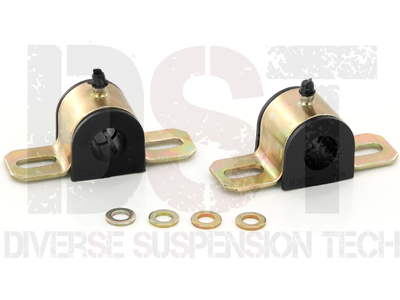- Thread starter
- #21
MarkA
Well-Known Member
jrotax101: If I intend to completely replace the brake fluid, will I need the computer to flush the ABS unit, as well? What about if I am just bleeding them?
Follow along with the video below to see how to install our site as a web app on your home screen.

Note: This feature currently requires accessing the site using the built-in Safari browser.
Using Hawk HPS pads, which are street/track hybrids, I went completely through the front pads in two days. If you're just starting out, you won't be quite that hard on them, but it doesn't take long to get to the point where street pads just can't do the job.
I did my first round of shopping at procivic.com. It is a well-organized site, but they have a very limited selection of brake pads. Tirerack.com has a much wider selection.
There seems to be concern about wear on the rotors when using high-performance brake pads. For the occasional drive at 120 mph, is it worth changing rotors, too? It doesn't sound like a real hard job to change them, assuming you can get the OEM ones off.

Yeah, I dropped the ball there in remembering to tell people about them.
http://9thcivic.com/forum/threads/guys-with-22mm-rear-sway-bars-bushing-upgrade.8087/#post-192783